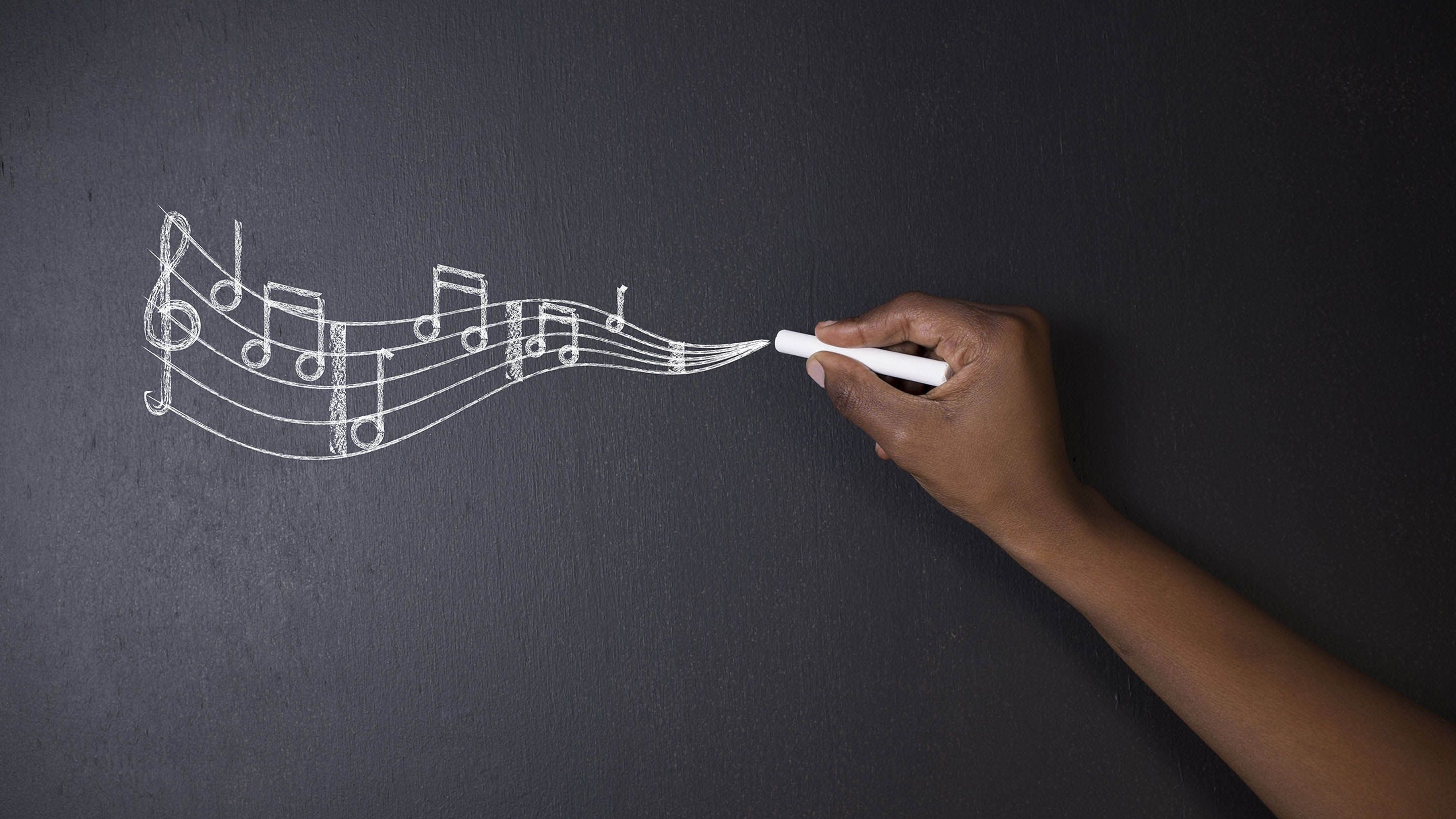Classroom instruments music education is a way of teaching and learning about music through the use of various classroom instruments. This type of education helps to encourage creativity, improve fine motor skills, and build confidence in children and young adults by engaging them in an interactive environment. Classroom instruments music education also increases the knowledge of basics like rhythm, pitch, tempo, and dynamics.

Table Of Content:
- Music education - Wikipedia
- Important Benefits of Music In Our Schools - NAfME
- Music - Wikipedia
- Music as a Teaching Tool | Edutopia
- Orchestra - Definition for English-Language Learners from Merriam ...
- Chapter 6: Creative Activity and Lesson Planning | Music and the Child
- How Children Benefit from Music Education in Schools | NAMM ...
- Visual dictionary, showing arrangement of orchestra and parts of ...
- Chapter 4: Approaches to Music Education – Music and the Child
- Music students score better in math, science, English than ...
1. Music education - Wikipedia
https://en.wikipedia.org/wiki/Music_education
2. Important Benefits of Music In Our Schools - NAfME
https://nafme.org/important-benefits-of-music-in-our-schools/
3. Music - Wikipedia
https://en.wikipedia.org/wiki/Music
4. Music as a Teaching Tool | Edutopia
https://www.edutopia.org/blog/music-teaching-tool-maria-alegria
5. Orchestra - Definition for English-Language Learners from Merriam ...
https://www.pinterest.com/pin/463800461600904742/
6. Chapter 6: Creative Activity and Lesson Planning | Music and the Child
https://courses.lumenlearning.com/suny-music-and-the-child/chapter/chapter-6-creative-activity-and-lesson-planning/
Membranophones: Instruments that produce sound by means of vibrating a ... #3: Teaching a Song and Musical Concept(s) Plus English Language Arts ...
7. How Children Benefit from Music Education in Schools | NAMM ...
https://www.nammfoundation.org/ARTICLES/2014-06-09/HOW-CHILDREN-BENEFIT-MUSIC-EDUCATION-SCHOOLS
8. Visual dictionary, showing arrangement of orchestra and parts of ...
https://www.pinterest.com/pin/133841420146077520/
9. Chapter 4: Approaches to Music Education – Music and the Child
https://milnepublishing.geneseo.edu/music-and-the-child/chapter/chapter-4/
Rather than a system, Schulwerk combines instruments, singing, movement, and ... Carl Orff's definition of elemental music is based on small-scale musical ... A chord bordun means that the 1st and 5th degrees are played simultaneously. ... This is an example of Dorian mode in “Scarborough Fair,” an English folk song.
10. Music students score better in math, science, English than ...
https://www.apa.org/news/press/releases/2019/06/music-students-score-better
What are classroom instruments used for?
Classroom instruments are used to teach students about music. These can include drums, xylophones, triangles, tambourines, shakers, recorders and other percussion instruments. The aim is to encourage creativity, improve fine motor skills and build confidence while learning the basics of rhythm, pitch tempo and dynamics.
How can classroom instrument music education benefit students?
Classroom instrument music education has various benefits for students. It can help improve their attention span as well as their academic performances in other subjects due to increased engagement in their studies. It also allows them to express themselves creatively by exploring different types of musical styles with a variety of instruments. Additionally it teaches important life lessons such as collaboration and team work by having all class members work together in harmony to create beautiful sounds
What types of activities can be done using classroom instruments?
There are many activities that can be done using classroom instruments depending on the student’s age group or educational level. For example younger children might learn about simple rhythms or songs with basic melodies while more advanced classes can explore complex patterns that involve multiple notes played simultaneously or even improvise solos based on a given scale or chord progression. The possibilities are endless!
Do teachers need any prior training before teaching with classroom instruments?
Although it is not necessary for teachers to have any prior training in order to teach with classroom instruments it would certainly be beneficial for them if they had some basic knowledge about musical theory such as scales chords rhythms etc., this will enable them to better guide the students and understand how best to bring out the potential from each individual player in the class.
Is there any specific equipment required for classroom instrument music education?
Yes there is! Depending on what type of sounds you're looking for it's important to have a range of diverse instrumentation that covers everything from percussion melodic and harmonic elements which could include drums xylophones triangles tambourines shakers recorders kazoos chimes maracas rainmakers glockenspiel sound effects machines keyboards etc,.
Conclusion:
Classroom instrument music education provides students with a creative way to develop their skills in both attention span as well as artistic expression while learning more about musical fundamentals such as pitch tempo dynamics etc., Through providing these resources it encourages teamwork collaboration growth in self-confidence problem solving skills and much more making it an incredibly valuable tool for educators across all levels!.
